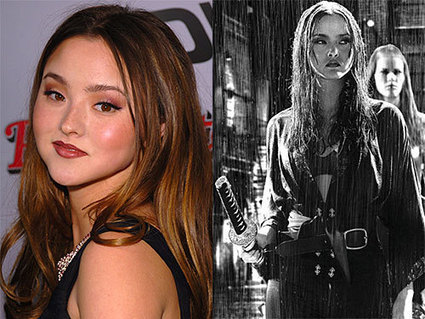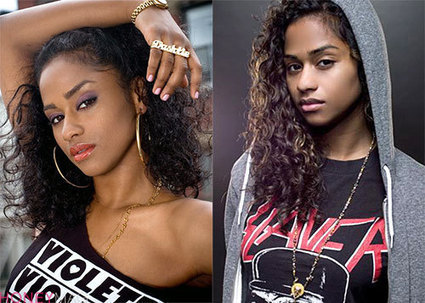Cultural appropriation is a complicated yet socially significant concept that powerfully affects and reflects the way people from different cultural identities connect with each other.
It is pervasive in my personal experiences. It’s when a non-Asian boy can wear a rice paddy hat for multi-cultural week and be perceived as trendy for it, whereas if I’d gone to school wearing the same thing I’d be perceived as backwards and be harassed for being a FOB. I saw it one Halloween when hordes of white girls wore headdresses and feathers in their hair and paint on their faces as part of their “Indian costumes.” I see it in the Facebook pictures of the tattoos my peers pay for of religious symbols from other cultures because they look exotic and they can relate to them “spiritually.”

Those guilty of cultural appropriation can find it easy to feel personally offended there might be something wrong with “appreciating” a culture outside their own and cry for “freedom of expression.” This is understandable in a country as diverse as ours and because of the innate fluid nature of culture change itself. However, cultural appropriation and the looking down thereof stems from a history that has not always been so accepting or welcoming of different cultures.
What does it mean, exactly?
Cultural appropriation is the process of one culture taking parts from another culture. Specifically, it usually is a dominant culture taking symbols or practices from another culture without fully understanding them or using them in ways they were not initially intended.
Why does it happen? What causes it?
It is simply the consequence of centuries of the assimilation and exploitation that stems from white colonialism and imperialism. The newcomers establish their home country’s culture as the norm and adopt any of the conquered kind’s and people’s artifacts, symbols, rituals, and other practices as they see fit. White privilege today, within the realm of cultural appropriation, is the continuing belief that whites are free to barge into other cultures at their whim and taking what they like while disregarding context, history, and any else of the less flattering parts of what it means to be a part of the latter culture. It’s a power play.
Aren’t people of color appropriating white culture all the time?
It is impossible to culturally appropriate “white culture.”
This is because of, again, the idea of white privilege as a consequence of a violent history. Where white is the majority, white is the norm. My mother would not be able to walk into work wearing traditional Vietnamese ao dai without looking unprofessional and out-of-place by Western standards. My aunts advise me to use skin lightening methods because though their respective husbands each found something attractive in their sun-kissed faces, they know that I must conform to a Western ideal of beauty in order to be socially accepted and socially mobile in this culture. I cut my hair a certain way, listen to certain music, talk a certain way so I don’t have to deal with being called a FOB or be asked if I can speak English. I personally am torn between my parents’ culture and the one here I was physically born into. Assimilating to survive is not a choice and could hardly be considered offensive. Assimilating to the white norm is practical, but cultural appropriation is entertainment.

What are the consequences of cultural appropriation, then?
Cultural appropriation involves the picking and choosing of specific aspects of the culture in question, aspects that are exotic and appealing. This appropriation creates a caricature of the culture and even propagates racist stereotypes.
Cultural appropriation commodifies, cheapens, and sometimes even sexualizes, and thereby dehumanizes other cultures and their respective people. It takes what is prized and precious from other cultures and mutates them into whitewashed products completely out of cultural context. It ignores and erases history, and it ignores and erases culture.

What can we do about cultural appropriation?
The mixing of cultures is inevitable and it is natural for people to take an interest in others’ backgrounds. What is needed is cultural exchange, or the idea of approaching learning about other cultures from a stance of humility and respect. Time to understand another culture and an awareness of the boundaries a guest has in approaching another culture are essential in fostering a healthy exchange of sharing and appreciation.
The condemnation of cultural appropriation isn’t cause for over-analyzing , tip-toeing around anything that might seem remotely out of one’s own cultural sphere, or policing others’ actions. Rather, it is an opportunity to become acquainted with the diversity and most importantly being mindful of how the way we carry ourselves can be representative of identities larger than us.





